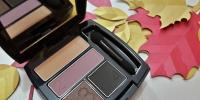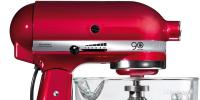Methods for attaching panels to the wall
When carrying out apartment and office repairs, wall panels are often used. Panels can be fastened to load-bearing bases in various ways. This finishing material has excellent characteristics and is easy to work with. Installation of panels can be done on their own, without the involvement of hired workers.
Advantages of the panel finishing method
The choice of masters in favor of wall paneling is not accidental. The attractiveness of this building material is determined by such factors:
- Installing wall panels is a fairly simple process. It does not require professional skills and expensive tools.
- Construction mixtures are not used during work. This allows you to get rid of a huge amount of dust and debris. In this regard, there is no need to stop using the premises for its intended purpose.
- The panels are lightweight. The finished structure does not exert significant pressure on the bearing surface.
- High installation speed. One working day is enough to finish one room.
- The ability to mask defects in the bearing surface. Before installing the panels, there is no need to finish the walls.
- The space between the wall and the panels can be used to accommodate insulation material and electrical wiring. At the same time, there is no need to ditch the walls.
- Material durability. As a rule, the service life of finishes in the form of panels significantly exceeds that of wallpaper and paint.
- Affordable price. Given the low cost of component parts, panels can be considered the cheapest finishing material.
- Extensive range of colors, designs and material configurations.
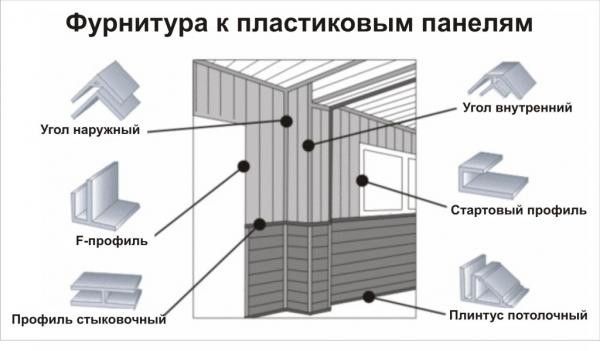
Installation of panels is carried out both in residential and office premises. This is a great way to make repairs quickly, inexpensively and efficiently.
Types and properties of panels
Depending on the purpose of the room, various types of wall panels are used. Their choice depends on factors such as size, configuration and humidity level. It should be remembered that the presence of panels takes up some of the volume of the room.
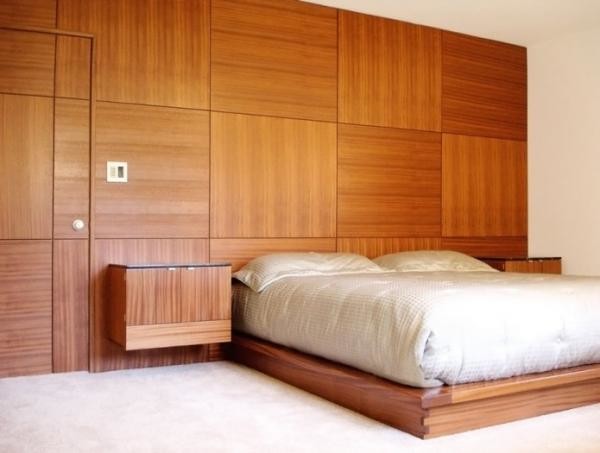
Finishing is carried out with panels of this type:
- Plastic. These products are suitable for almost any type of premises. They have a presentable appearance and a small specific gravity. Plastic is very easy to work with. To cut a sheet of plastic, a regular clerical knife is enough. Polyvinyl chloride, from which the panels are made, is resistant to moisture, fungus and mold. The air enclosed between the plates is a good insulator against noise and cold. The material is easy to maintain. It can be treated with any detergent. The disadvantages include the low surface strength of the plastic strips. They are easy to push and scratch.
- Wooden. Wood is an environmentally friendly, natural material. A wooden wall inside a room can regulate humidity by absorbing and releasing moisture. In addition, the tree looks very beautiful and has excellent insulating qualities. Wood is a fairly durable material. On its surface, you can attach lamps, sockets, heavy souvenirs and paintings. It should be borne in mind that wooden slats need to be treated against fungus and mold before installation. The price of such products is the highest.
- MDF. Pressed sawdust is an environmentally friendly material. Laminated slats have a presentable appearance. It is advisable to finish only dry rooms with such material. Prolonged exposure to moisture leads to swelling and deformation of the rails
Depending on the type of walls, the panels can be fastened by gluing or mounting on a frame.
Fixing wall panels
The choice of the method of fixing the finishing material on the bearing surface depends on its condition and the terms determined for the repair. Mounting panels by gluing is the fastest and most cost-effective way of finishing. In order to conduct it qualitatively, one condition must be met: an almost perfectly flat surface. All types of rails have a certain elasticity. If the wall has a curvature, then the panels will not stick to it. The advantage of this solution is that the internal volume of the room is almost not lost. The loss of 8-12 mm of usable space is almost imperceptible. As a rule, liquid nails are used for gluing. This substance acquires a certain plasticity after solidification.
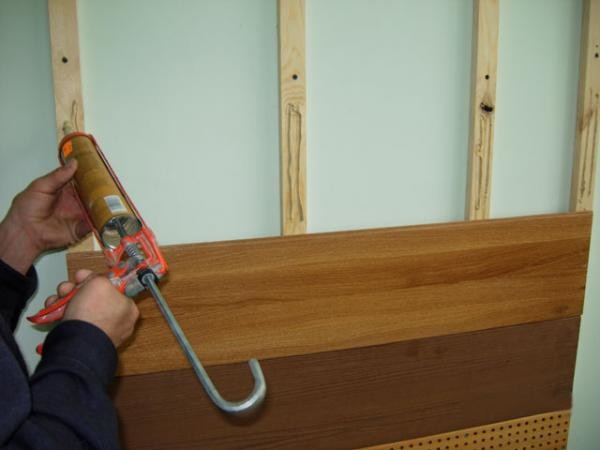
A more common way is to install panels on a frame. There is no need to level the surface for this. In addition, this design is highly durable and reliable.
First of all, a sketch is made and a technological map for the installation of panels is drawn up. It is created in accordance with current building codes and regulations.
The technological map includes:
- blueprints;
- work sequence;
- calculation of materials and equipment.
The use of a technological map helps to improve the quality of work, reduce their duration and optimize the consumption of building materials.
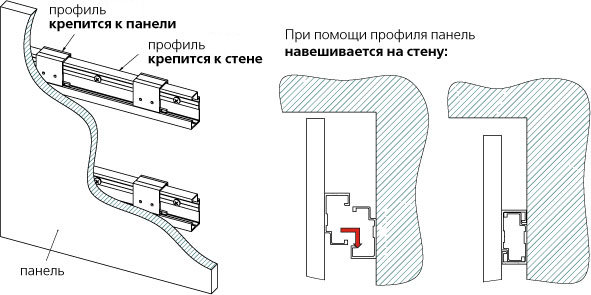
To work, you will need the following:
- perforator;
- screwdriver;
- building level;
- hacksaw for metal;
- roulette;
- pencil;
- steel profile;
- vertical hangers;
- cross connectors.
After the purchase is made, the frame is made. This is done in the following sequence:
- We carry out marking on the bearing surface.
- Install the carrier profile UD.
- We fix vertical plumb lines.
- We insert the vertical profile CD into the grooves of the carrier profile. After alignment, we fix it with screws in the grooves and plumb lines.
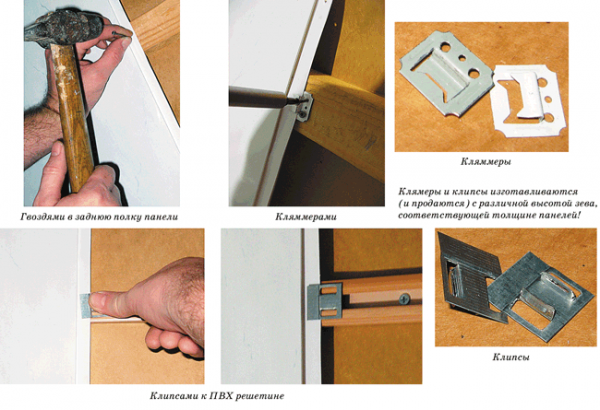
The frame is ready. It remains to install the panels. They can be mounted vertically or horizontally. A good effect is achieved by using bands of different colors and orientations. For fastening, self-tapping screws or special clamps (kleimers) are used.
Conclusion on the topic
Finishing with panels of various materials is a good way to quickly and efficiently transform any type of room. Durable and presentable coating is a worthy competitor to traditional methods of finishing.
Related posts:



